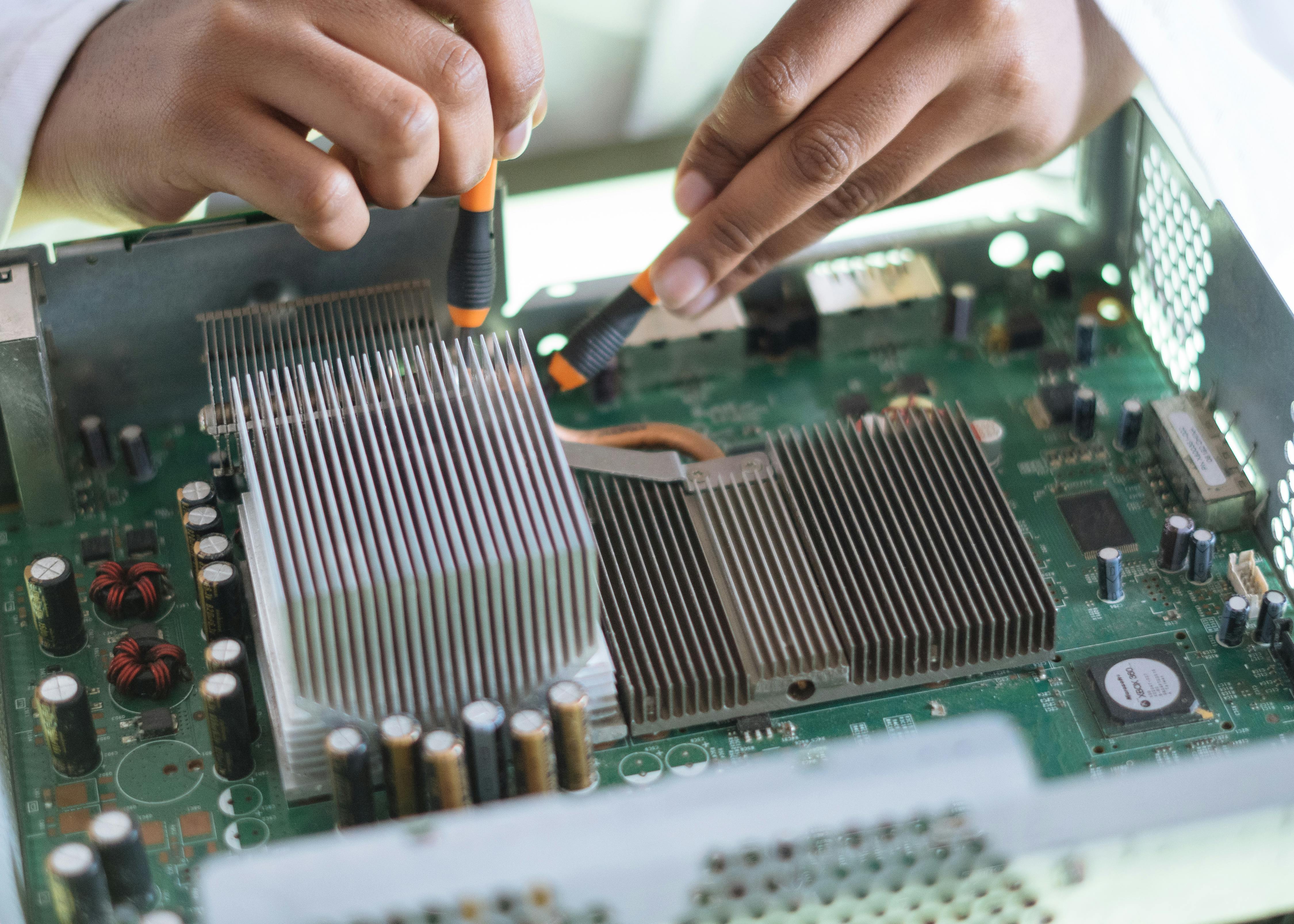Article published in Physics of Life Reviews: “Muscle-less motor synergies and actions without movements. From motor neuroscience to embodied cognition.” This work bridges neuroscience and robotics, exploring how motor control principles can inform cognitive robotics and embodied AI systems.
Research Overview
This groundbreaking research explores the fascinating concept of motor synergies that exist independently of physical muscle activation, bridging the gap between neuroscience understanding and robotic implementation.
Key Concepts
Muscle-less Motor Synergies
The research investigates how:
- Motor patterns can exist at the neural level without muscle activation
- Cognitive planning involves motor simulation without movement
- Abstract motor concepts influence decision-making and reasoning
- Neural motor representations inform cognitive processes
Actions Without Movements
The study examines:
- Mental simulation of actions and their cognitive effects
- How imagined actions influence real behavior
- The role of motor imagery in learning and planning
- Neural mechanisms underlying action simulation
From Motor Neuroscience to Embodied Cognition
Neuroscience Foundations
Drawing from motor neuroscience research:
- Mirror neuron systems and action understanding
- Motor cortex organization and function
- Neural basis of movement planning and execution
- Plasticity in motor learning and adaptation
Embodied Cognition Applications
Translating insights to cognitive systems:
- How physical experience shapes abstract thinking
- The role of sensorimotor experience in concept formation
- Grounding cognitive processes in bodily experience
- Implications for artificial cognitive systems
Implications for Robotics
Cognitive Robotics Applications
This research informs several areas:
- Robot Learning: How robots can learn from simulated actions
- Human-Robot Interaction: Understanding shared action concepts
- Adaptive Behavior: Developing more flexible robotic responses
- Cognitive Architecture: Designing brain-inspired robot systems
Embodied AI Development
The work contributes to:
- More natural AI-human interactions
- Grounded artificial intelligence systems
- Robots that understand action and intention
- Cognitive architectures based on embodied principles
Publication Impact
Published in Physics of Life Reviews, a prestigious journal known for:
- Comprehensive reviews of important topics
- Bridging different scientific disciplines
- High-impact research in life sciences
- Authoritative perspectives on emerging fields

Bridging neuroscience and robotics through understanding of motor control principles